This post may contain affiliate links. Please read our disclosure policy. As an Amazon Associate, I earn from qualifying purchases.
Greek Stuffed Grape Leaves with Rice are the kind of dish that makes you feel like a genius in the kitchen; elegant, a little fussy-looking, but secretly easy once you get rolling (literally).
These homemade dolmas are packed with lemony herb rice, toasted pine nuts, and fresh dill for a punchy, plant-based twist on a traditional Mediterranean appetizer. If you’ve only had the jarred kind, buckle up, this recipe actually tastes like something you’d serve to guests on purpose.
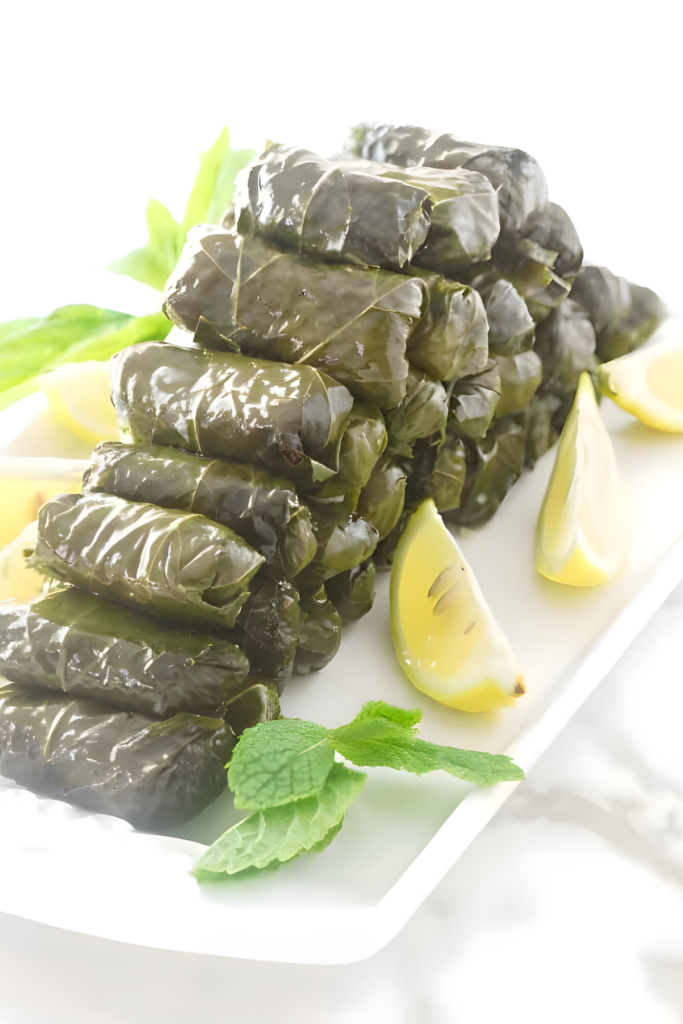
If you’re craving something heartier, I’ve also got a version with ground beef dolmas that brings a whole different vibe.
Here is Why This Greek Stuffed Grape Leaves Recipe Works
No soggy dolmas here: Partially cooking the rice keeps it from turning to mush during the final simmer.
Flavor-packed filling: Fresh herbs, currants, and toasted pine nuts bring sweet-savory magic to every bite.
Make-ahead friendly: These taste even better after a night in the fridge, making them ideal for prepping ahead.
Easily adaptable: This vegetarian dolma recipe is just the start. If you want something meatier, my lamb dolmas bring deep, savory flavor to the same delicious concept.
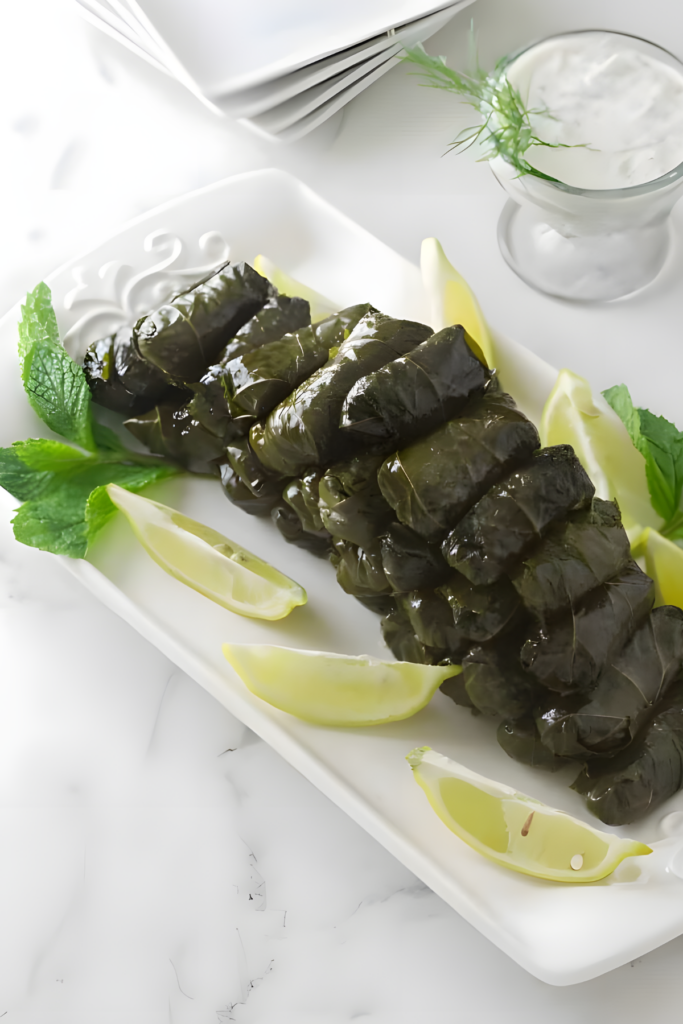
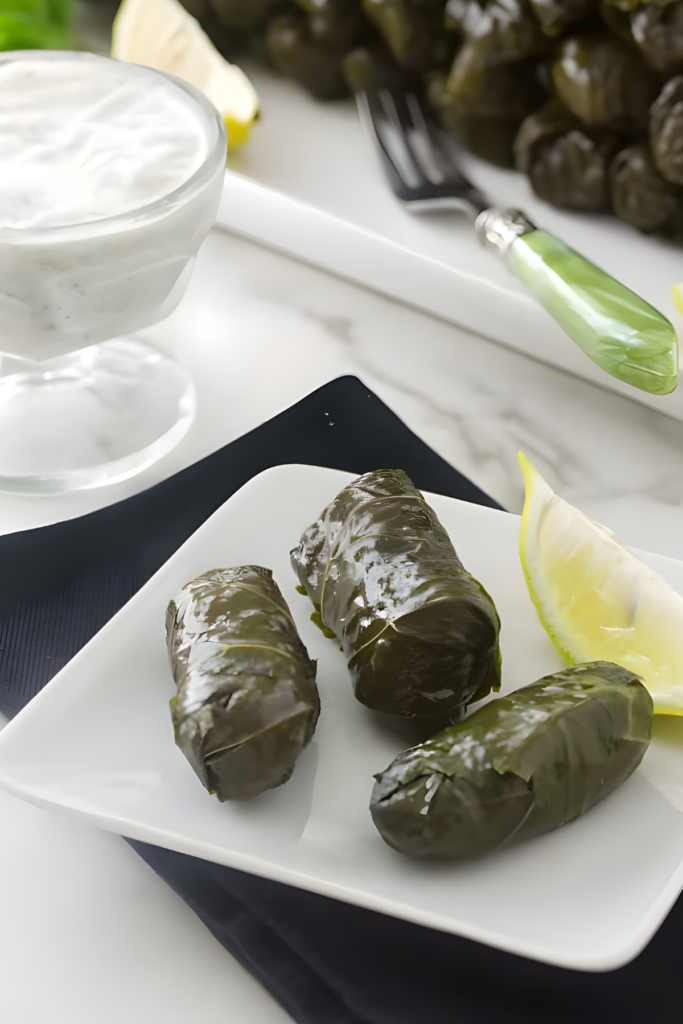
Recipe Tips
Don’t skip the rinse: Preserved grape leaves can be salty or briny straight from the jar. A quick blanch and cool-down mellows them out.
Trim the stems: Those little nubs make rolling a pain and give the finished dolmas an awkward crunch. Scissors are your friend.
Use the dull side of the leaf: That’s the side that sticks to itself and keeps the rolls tight. Shiny side out for the win.
Keep it loose-ish: Don’t overpack the rice or roll them too tight, they’ll expand as they cook and could burst.
Layer smart: A bed of torn or extra leaves at the bottom of the pot prevents burning. Don’t skip it.
The plate trick: That inverted plate keeps the dolmas from floating and unrolling while they simmer.
Serve with contrast: Dolmas are tangy and fresh. Pair them with something rich like my Greek cheese pies for a well-balanced mezze situation.

Storing Leftovers
- Refrigerate: Store the grape leaves in an airtight container for up to 5 days. A drizzle of olive oil on top helps keep them moist.
- Freeze: Lay them in a single layer on a baking sheet, freeze until solid, then transfer to a freezer-safe container. Use within 2 months.
Round it all out with a crisp salad, my feta salad dressing, and a bowl of whipped ricotta dip, because tangy herbs and creamy spreads are always a good idea.
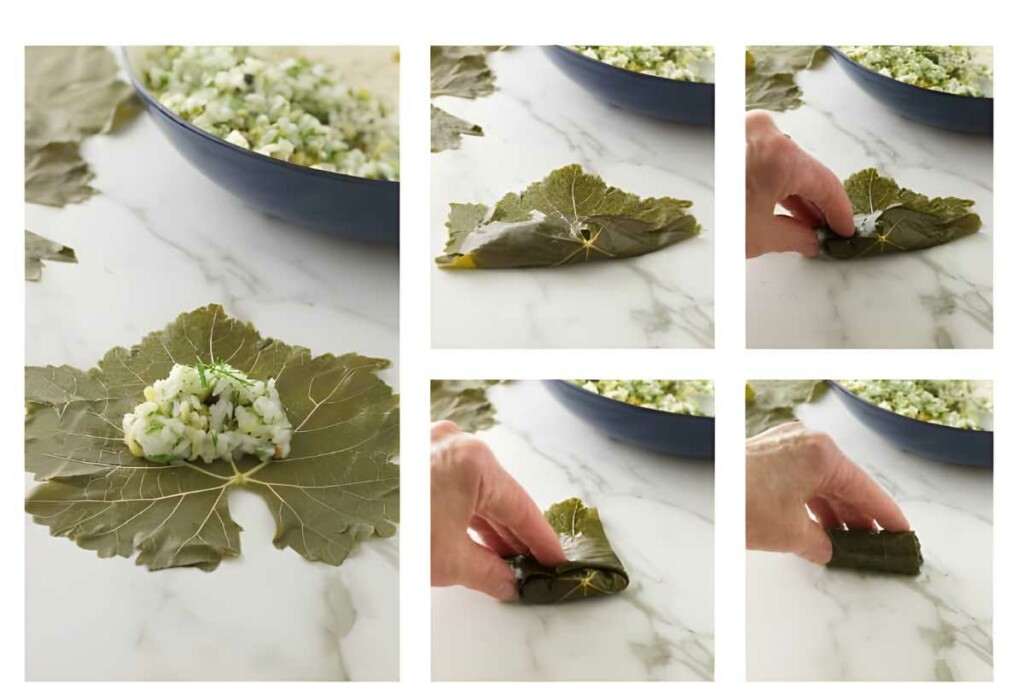
Rice Stuffed Grape Leaves
These rice stuffed grape leaves are pure Mediterranean comfort food, tangy, herby, and completely worth the roll-up effort. Serve them chilled with lemon wedges and a dollop of yogurt, and watch people assume you’ve been secretly hosting mezze nights on the side. You will never settle for the store-bought again.
Pin this now to find it later!
Pin It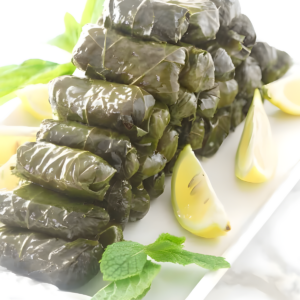
Greek Stuffed Grape Leaves (Dolma)
If you make this recipe, please leave a star rating and comment.
Ingredients
- 1 (16-ounce) jar preserved grape leaves, preserved grape leaves
- ½ cup olive oil
- 1 to 2 onions, finely chopped
- 1 cup short-grain white rice, or medium grain rice; uncooked, rinsed
- ¾ cup fresh lemon juice
- 1 teaspoon salt
- ¼ teaspoon ground black pepper
- 1½ cups chopped fresh dill
- 1 cup chopped fresh mint
- ½ cup pine nuts, toasted and rough chopped
- ¼ cup dried currants, or raisins
- ½ lemon
- 2 cups chicken broth, or vegetable broth
Instructions
For the grape leaves:
- Fill a large pot with water and bring to a boil over high heat.
- Drain the liquid from the jar of preserved grape leaves and remove them from the jar. Unroll the leaves and drop them into the hot water. Reduce the heat to low and cook for 5-8 minutes, then drain them in a colander and plunge them into a pan of cold water to cool them.
- Gently separate the leaves and spread them on paper towels to drain. If the leaves have stems, clip them off with kitchen scissors. You will need about 50 or 60 leaves for the stuffing.
- Reserve any torn or small unusable leaves for lining the cooking pot.
Prepare the cooking pot:
- Using a Dutch oven, braiser or heavy-bottomed pan, arrange the reserved torn grape leaves plus enough additional leaves to create a layer on the bottom of the pan. This is to keep the stuffed grape leaves from burning during the cooking process. (See Notes) Set the prepared pot aside while you make the filling.
The Filling:
- In a large skillet, heat ¼ cup of the olive oil over moderate heat. Add the onions and, stirring frequently, cook for 4 or 5 minutes until they are soft and transparent.
- Add the rice and stir constantly for 1-2 minutes to coat the rice grains with the oil. Do not let the rice get brown. Pour in the lemon juice, salt, and pepper. Bring to a boil, then reduce the heat to low and simmer for about 8-10 minutes or until all the liquid gets absorbed. The rice will be only partially cooked at this point but will finish cooking during the final cooking. Do not over cook the rice or it will be mushy after the final cooking.
- Remove the skillet from the heat and allow it to cool, then stir in the dill, mint, pine nuts and currants.
To Fill and Roll the Grape Leaves:
- Spread the grape leaf flat, dull side up and place a portion (See Notes) of the filling on the center of the leaf. Turn up the stem end of the leaf, covering the filling.
- Fold over each end to enclose the filling. Beginning again at the stem end, roll it gently but firmly into a compact cylinder. The surface of the leaf will cling together to hold the grape leaf in shape.
- Place the stuffed grape leaf, seam side down, in the prepared pot. Continue with the rolling process until all the leaves are filled or the filling is gone. Keep the stuffed grape leaves snug, side-by-side but not squeezed tight as they will expand as they cook. You can add another layer if needed.
To Cook the Stuffed Grape Leaves:
- Pour the broth or water into the pot. The water should almost cover the stuffed grape leaves, add more liquid if necessary. Drizzle the remaining ¼ cup of olive oil over the stuffed grape leaves and squeeze in the juice from the ½ lemon. Place an inverted dinner plate over the stuffed grape leaves.
- Set the pot over high heat and bring to a boil. Cover the pot with its lid and immediately reduce the heat to low and simmer for 40-45 minutes.
- Remove the pot from the heat and crack the lid slightly. Allow it to cool down to room temperature. Drain any remaining liquid from the pot, then transfer to a plate, cover with plastic wrap and refrigerate overnight. Serve with lemon wedges and yogurt sauce.
Notes
- Do not over-fill the grape leaves as they will expand during cooking and may split.
- To prevent scorching or burning the stuffed grape leaves, first line the bottom of the pot with grape leaves to cushion them. If you do not have enough leaves for this, use folded parchment paper or a stove-top heat diffuser.
- The inverted plate will keep the stuffed grape leaves from unrolling.
- Make these stuffed grape leaves a day or two in advance as the flavors improve after refrigerated.
- Bring the dolmas to room temperature before serving.
Nutrition
Nutrition information is automatically calculated, so should only be used as an approximation.
 Like this recipe? Rate & comment below!
Like this recipe? Rate & comment below!
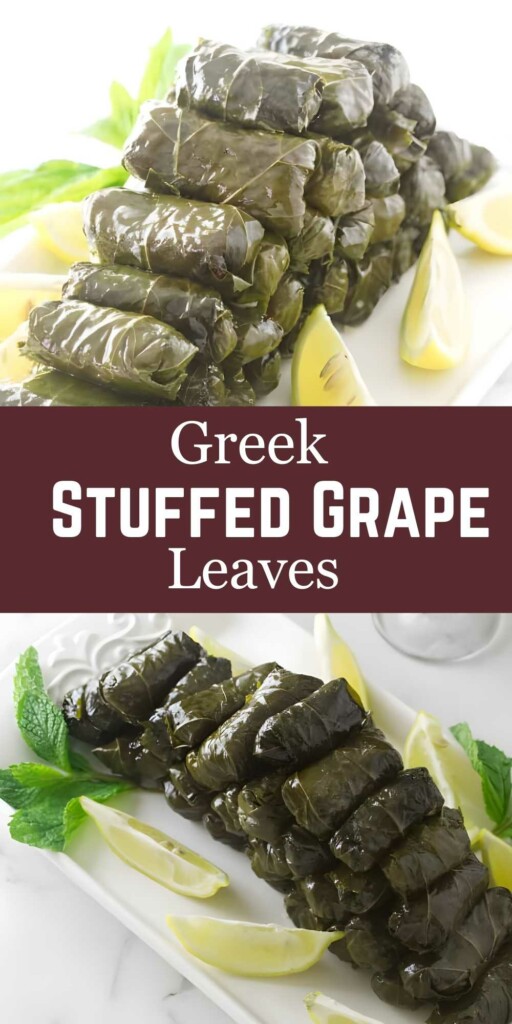
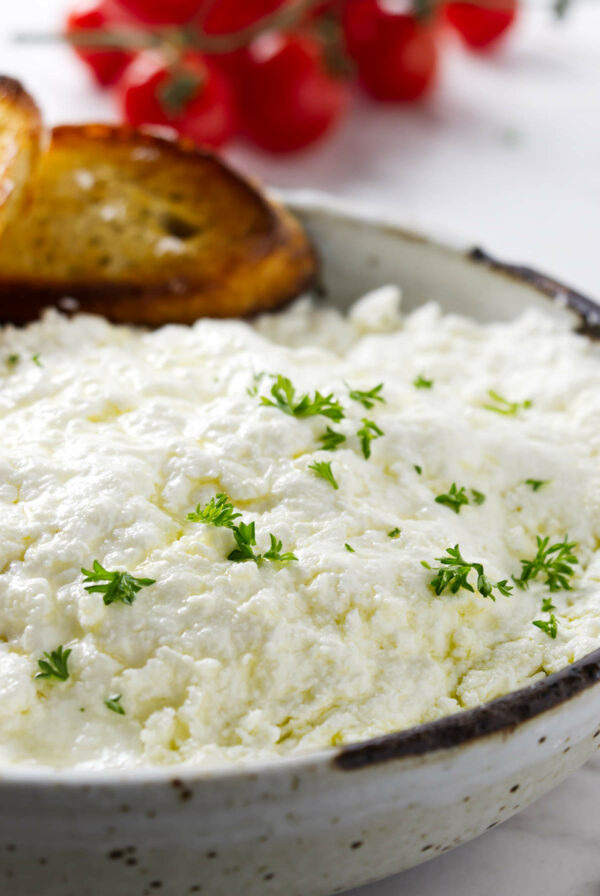
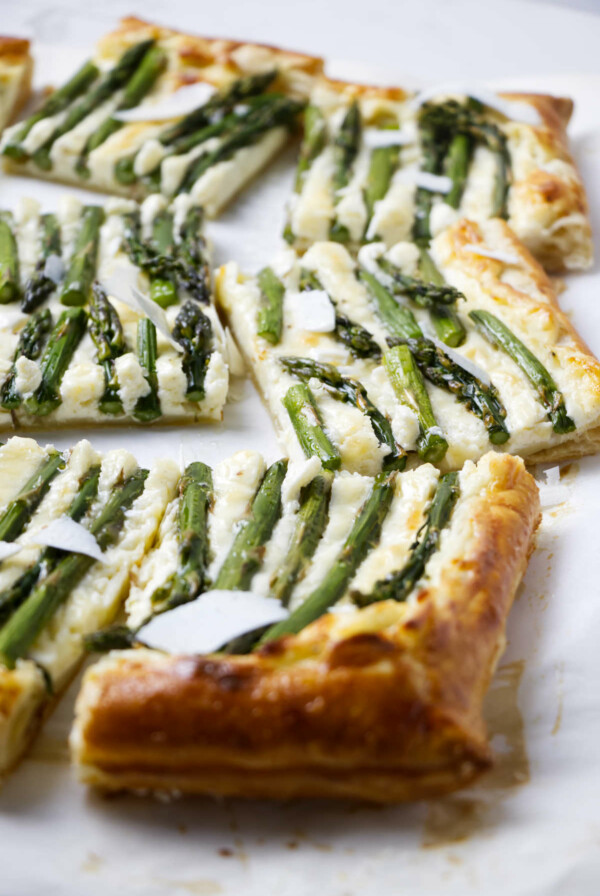
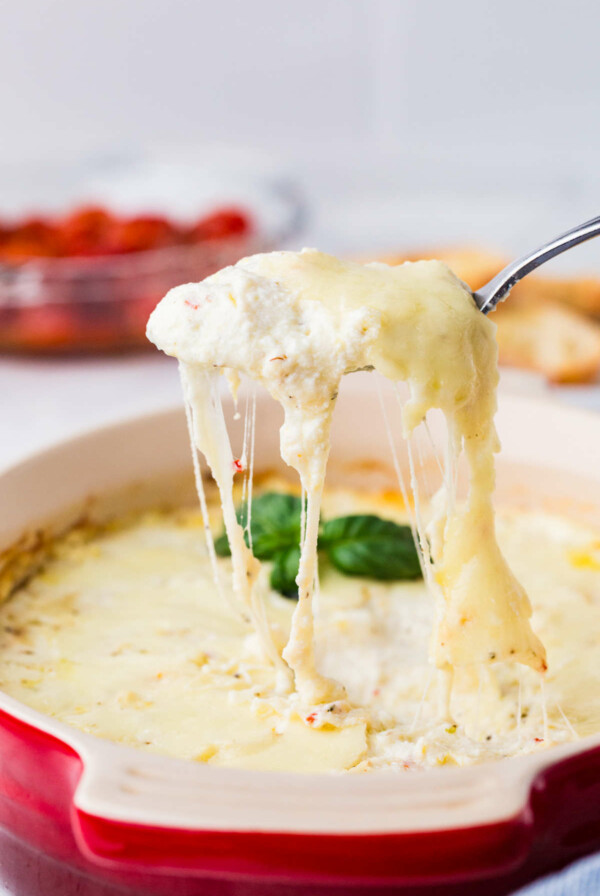
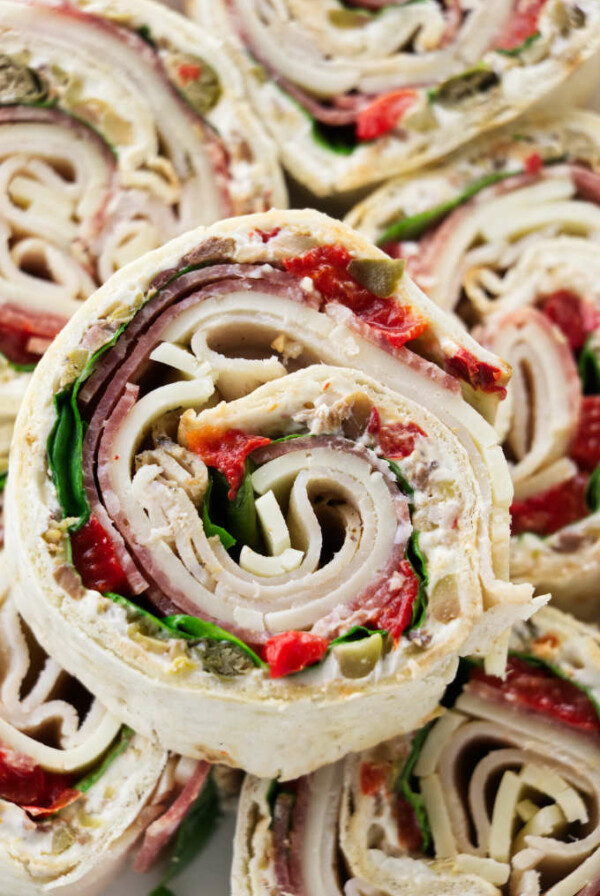










What do I do with the chicken broth? Can’t find it in the instructions
It’s in list item #1 under the heading “To Cook the Stuffed Grape Leaves.” It is used to cook the stuffed grape leaves. You can also use water.
This is the recipe I choose from the list of choices
Can they be frozen before cooking?
Hi, Dot….That is a great question, thanks for asking! Although I have never frozen the un-cooked dolmas I suspect they should freeze just fine seeing that the filling is mainly rice and veggies. I would suggest rolling the dolmas, place them on a parchment-lined baking sheet or tray in one layer, without touching each other and freezing them. After they are frozen solid I would place them in a freezable container and store in the freezer for up to 3 months. By freezing them in this manner it will be easy to remove and cook a few at a time. Thanks again for asking this question, if you proceed with freezing the uncooked dolmas I would love to hear your results.
We all love dolmas, but this recipe was fairly bland. Most of them ended up going to waste.
I’m sorry this recipe didn’t work for you. Thanks for your comments.
Lesson learned: don’t blanch jarred grape leaves. I did it for about 3.5 minutes and they all but fell apart. I was only able to salvage a few.
Sorry, you lost some grape leaves. That has never happened to us. We always blanch the jarred leaves because it makes them more tender. Even the jarred grape leaves are a bit too tough for us but perhaps it is the brand
I love dolmas but I’ve never tried to make them. I would be so honored if you would share it (and some of your other recipes too) at our What’s for Dinner party!
http://www.lazygastronome.com/whats-for-dinner-sunday-link-up-163/